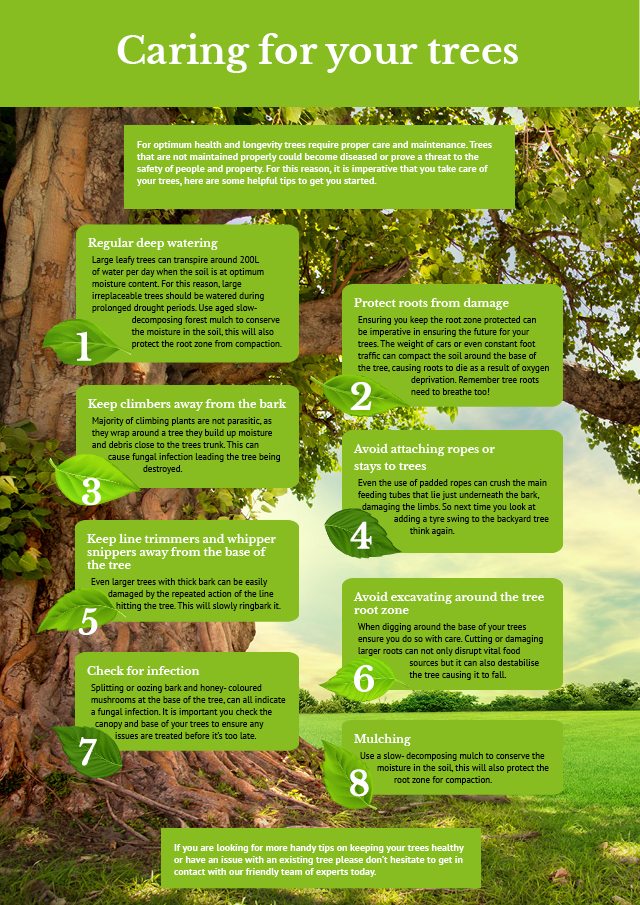Look For Vital Indicators That Indicate Your Tree May Be Hazardous; Understanding These Can Protect Your Home And Loved Ones. What Should You Expect Next?
Look For Vital Indicators That Indicate Your Tree May Be Hazardous; Understanding These Can Protect Your Home And Loved Ones. What Should You Expect Next?
Blog Article
Post Developed By-Winther Emerson
When it involves tree care, recognizing the signs that it's time for removal is vital for your safety and home. You could notice discolored fallen leaves, wilting branches, or odd fungal growths indicating health issue. Architectural issues, like a considerable lean or fractures in the trunk, can also present threats. Recognizing these warning signs can assist you make educated decisions regarding your trees and avoid prospective dangers lurking in your lawn. What should you search for following?
Indications of Decay and Illness
When you discover signs of degeneration and illness in your trees, it's critical to act promptly. Search for stained leaves, wilting branches, or unusual growths like fungi. These can indicate that your tree is struggling.
If you see cracks in the bark or soft, mushy timber, these signs recommend internal decay. Furthermore, a sudden rise in bugs around your tree can indicate that it's deteriorated and vulnerable.
Check for any kind of dead or passing away arm or legs, as they posture a risk to your property and safety and security. If you're uncertain about what you see, consulting an arborist can give clearness.
Addressing recommended can conserve you from more comprehensive damages and make certain the health of your backyard. Do not wait until it's far too late.
Structural Instability and Leaning
As you observe your trees, watch out for any type of indications of structural instability or leaning. If a tree leans considerably, it might show that the origin system is endangered.
Seek any kind of splits in the trunk or dirt around the base; these can signal possible failing. In addition, check for uncommon growth patterns, like an uneven crown, which might suggest that the tree is battling to hold itself upright.
If you observe that the tree favors your home, power lines, or various other structures, it postures a greater threat. Don't neglect these indicators-- get in touch with an arborist to assess the circumstance.
Doing How To Prune Fig Trees In Pots about it early can stop expensive damages and ensure your safety and security.
Dead or Dying Branches and Vegetation
If you discover dead or dying branches and vegetation on your tree, it's a clear indication that something's incorrect.
These undesirable locations can indicate underlying problems like condition, pest problems, or environmental anxiety. When branches lose their leaves or turn brownish, they're no longer adding to the tree's wellness. Overlooking these indications can result in additional decline, making your tree extra dangerous.
Dead branches can easily break off throughout storms, presenting a risk to residential or commercial property and people nearby. It's important to analyze the level of the damage.
If the problem affects a substantial part of the tree, consider consulting a professional. They can help determine if elimination is essential to guarantee safety and security and preserve the appeal of your landscape.
Conclusion
If you discover any indicators of decay, architectural instability, or dead branches on your trees, don't disregard them. These indicators can present significant safety and security threats to you and your property. It's constantly best to seek advice from a professional arborist who can provide an expert analysis of your trees. Doing something about it early can protect against accidents and expensive damage, guaranteeing your landscape stays secure and healthy and balanced. Bear in mind, it's far better to be proactive regarding tree treatment than to await a catastrophe to occur.
